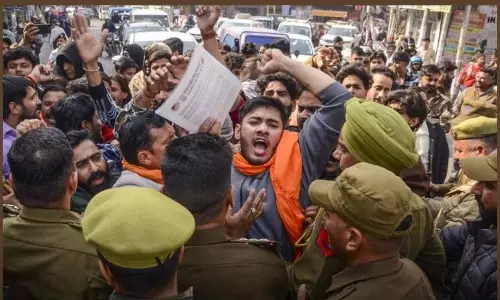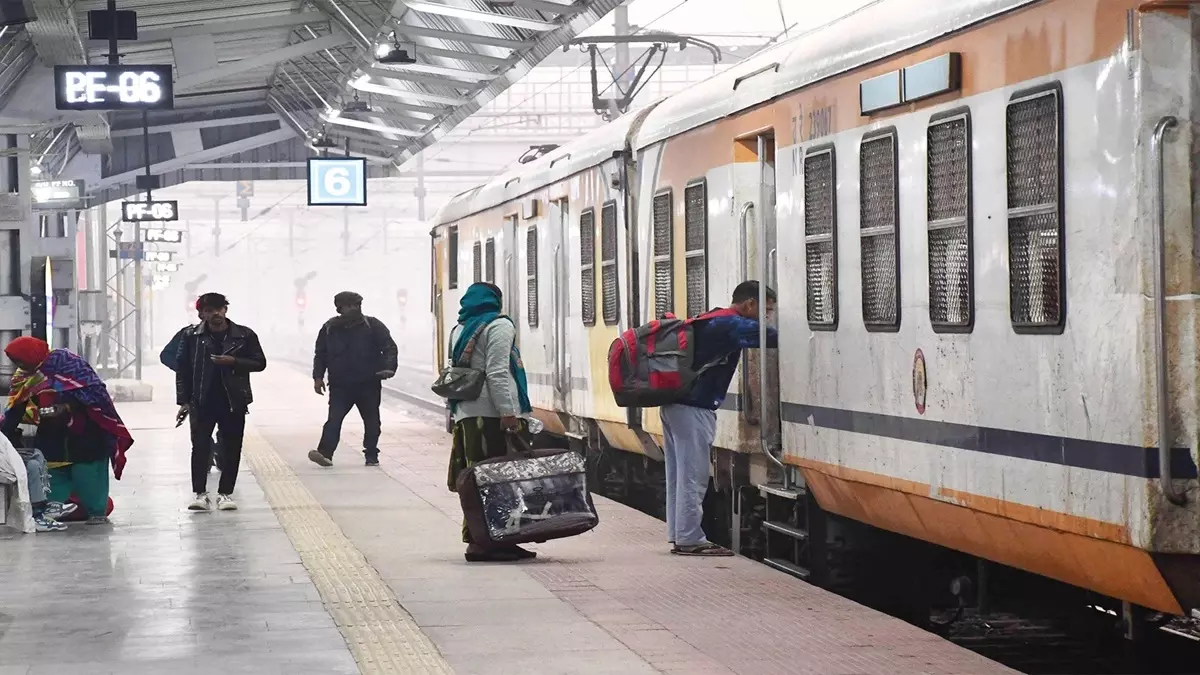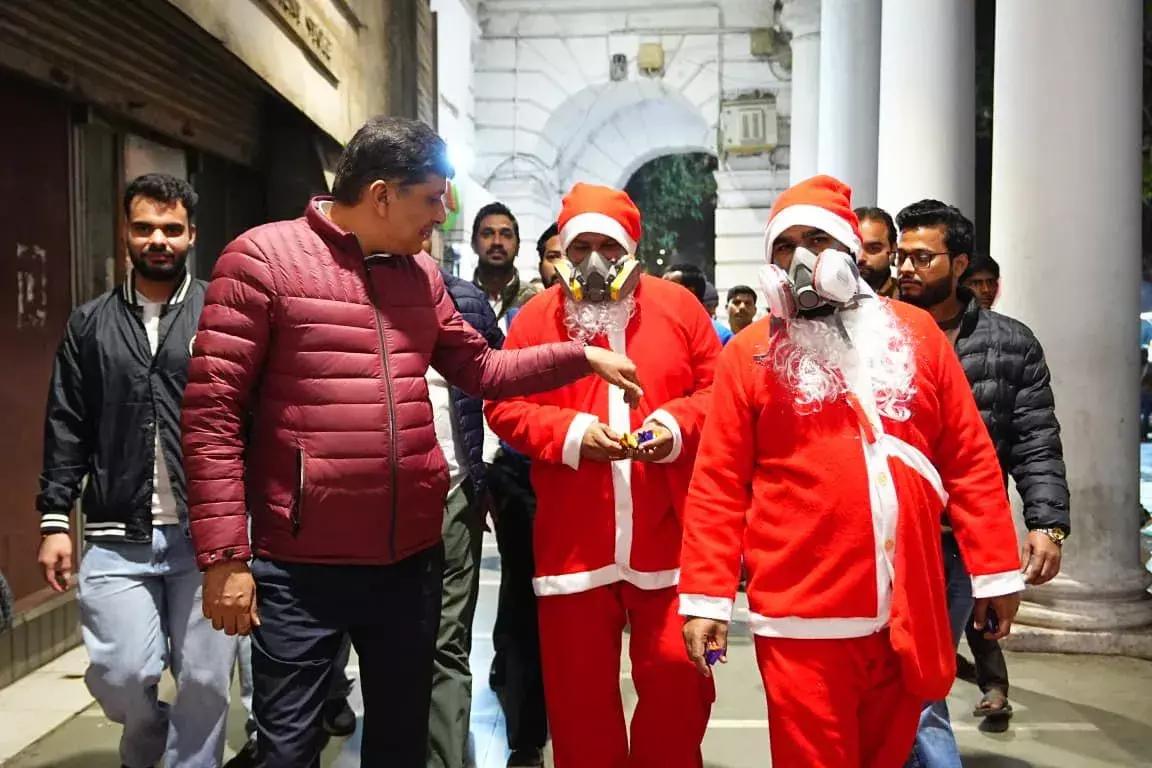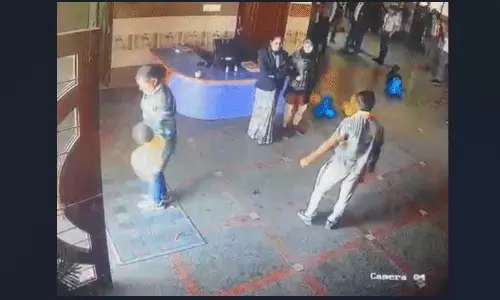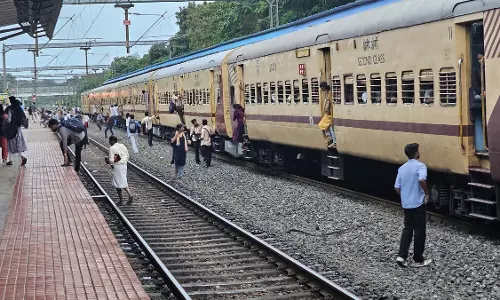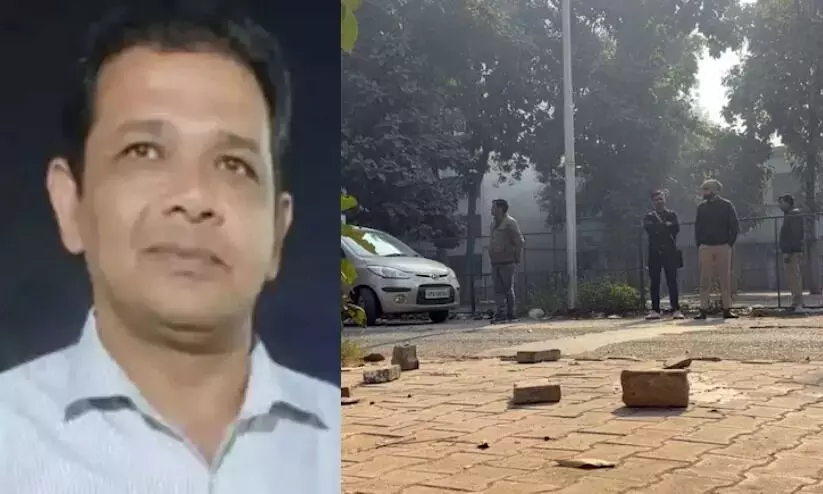
Embassy blast: Police claim suspect from Jamia visited 2 hrs ahead
text_fieldsAssociated Press photo.
New Delhi: In the blast incident at the Israel embassy here, the Delhi Police seek CCTV footage from cameras installed at the Jamia Millia Islamia. The Police have written the university for the same, claiming that one of the persons who visited the blast site at the Prithviraj Road two hours prior to the incident had come from Jamia Nagar in southeast Delhi, PTI reported.
The person had taken an auto-rickshaw near the Jamia Millia Islamia metro station, police claimed.
"The letter was written to the university as multiple CCTV cameras are installed at the walls of the university. These cameras are faced towards the Okhla Road from where one of the suspects in the blast took the auto-rickshaw," a police officer said.
The accused, who is yet to be identified, is believed to be the prime suspect who planted the bomb near the Israeli embassy on December 26, the officer added.
Police have already questioned the auto-rickshaw driver, sources said.
Police have found, with the help of the CCTV footage, that the suspect moved towards the India Gate after visiting the spot at the Prithviraj Road.
Sources said the NSG, which had collected the samples from the spot, has told the Delhi Police that it was not an IED (improvised explosive device) blast but it could be a locally made bomb. However, its report is yet to be submitted.
The blast occurred on the evening of December 26 in the area between the boundary walls of a house on plot number four- Nanda's House- and the Central Hindi Training Institute on plot number 2A on Prithviraj Road. The area has bushes, plants and trees and no CCTV camera.
The blast site is behind the Israeli embassy on Dr APJ Abdul Kalam Road, running parallel to Prithviraj Road. No one was injured in the blast.
Police had found an "abusive" letter addressed to the Israeli ambassador near the blast site.
On December 29, the Delhi Police registered an FIR against "unknown" people and transferred the case from the local police station to the Special Cell.




